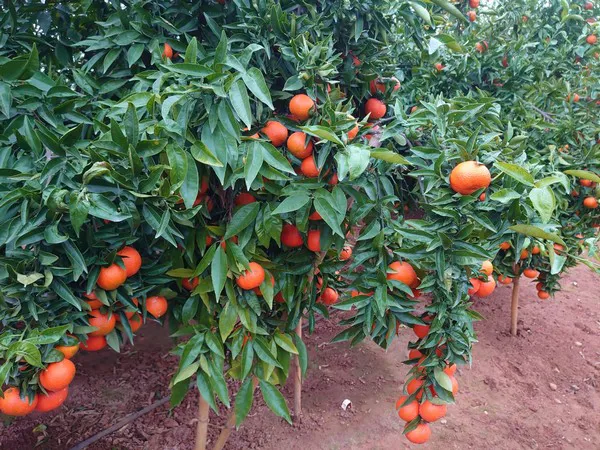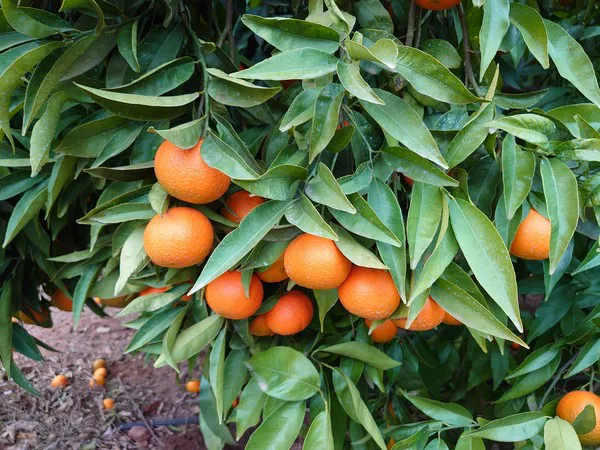The Sando clementine campaign is ending this week in the main production areas of Spain with slightly larger volumes due to the entry into production of new plantations and with higher prices than last year. The protected variety from Nules, Castellón, continues to grow in popularity among Valencian farmers and expectations are it will start being planted in the southern hemisphere in 2024.

"The last batches of Sando are being dispatched this week. The first harvests began on December 15, a little earlier than usual, due to the widespread lack of clementines and mandarins in the markets, a result of the production decrease in the first part of the campaign caused by the heat waves, drought, and rains,” stated Joan Caballol, CEO of Sando Clementine. “The truth is that, even though producers started to harvest it earlier, Sando already offered optimal visual and flavor conditions. Given this scenario, the fruit really stood out compared to other varieties available in its commercial window and became more known among citrus marketing companies.”
Its commercial window runs from mid-December to the end of January, although there are production areas that can produce it until the end of February. “Sando has proven to adapt well to the high temperatures there were last summer and autumn, which affected directly and through the increase of pests, free varieties such as Clemenules, a native variety. The truth is that, despite the drought, Sando yielded good calibers and had a high juice content. This, in part, was due to its good genetics, but also because producers are increasingly professional,” Joan Caballol added.
The production of this protected variety has been higher this year as new plots have entered production in Castellon and Valencia. “Last year there was a significant production of clementines in general and the Sando variety achieved very satisfactory prices.

"This year, the production of this variety has grown and, in the context of bullish prices, its price averages ranged between 90 and 65 cents per kilo. Having a citrus that achieves constant quality every year is of the utmost importance for the producers' economy.”
“The Sando crop has a lot of roots in Castellon. It's where it originated and it's a province that focuses more on the production of clementine. However, we are very happy with how popular it became last year in the province of Valencia, especially among important businesses that have already begun to bet on it.”
“In the meantime, we continue with the objective of increasing production so we can have a constant offer to supply the markets that are increasingly demanding it, such as France, Belgium, and Italy. However, we want to grow in an orderly fashion to ensure the profitability of the entire chain, starting with the farmers. That's why we continue to limit its exploitation to 1000 hectares, for now,” he stated.
2022 closed with important advances in the regularization of fields that were illegally planting this variety. “We are satisfied with the results but there is still work to be done and we will soon launch new actions that will accelerate the legalization process,” Joan Caballo stated.
The variety is multiplied and exploited mainly in Spain. There are some plantations in Italy and it will begin to be planted in South Africa in 2024. In the coming years, once its quarantine protocol is very advanced, it will also be planted in California and Australia.
Sando Clementine will participate in the upcoming Fruit Logistica, in Berlin, where it will receive visitors in Hall 11.2, stand A 46.
For more information:
Joan Antoni Caballol i Angelats
Sando Clementine
Av. Generalitat, 104, 1ºC
43500-TORTOSA
Tel +34 609045598
